5 PCS/PKT , With X ray thread
A Lap Sponge (Laparotomy Sponge) is a sterile, absorbent pad used in surgeries to control bleeding, protect tissues, and absorb fluids. It is commonly used in abdominal, orthopedic, and other major surgeries. Lap sponges have radiopaque strips for easy detection in X-rays to prevent retention inside the body.
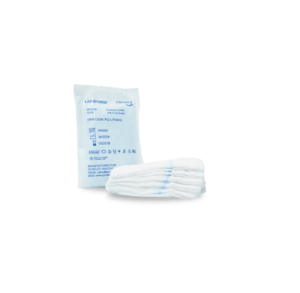
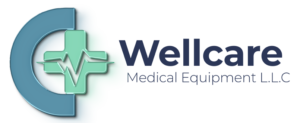

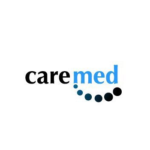

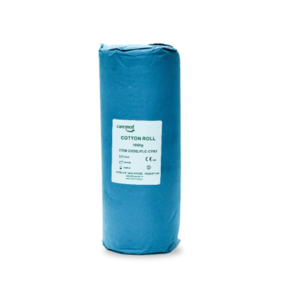
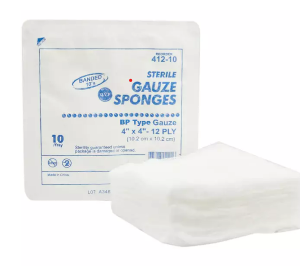

Joseph VT –
Lap Sponge 30X 30CM – excellent product ⭐️⭐️⭐️⭐️⭐️